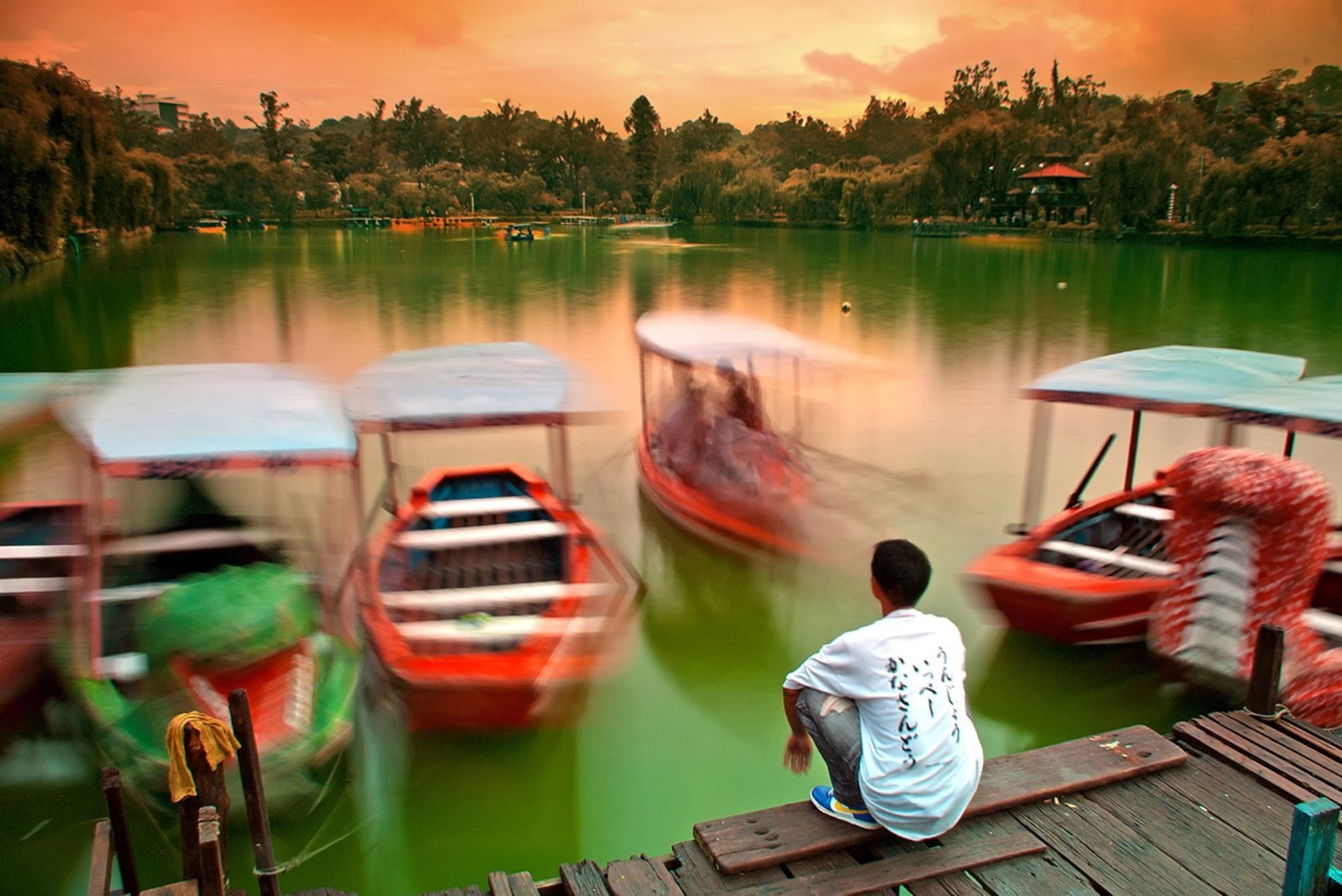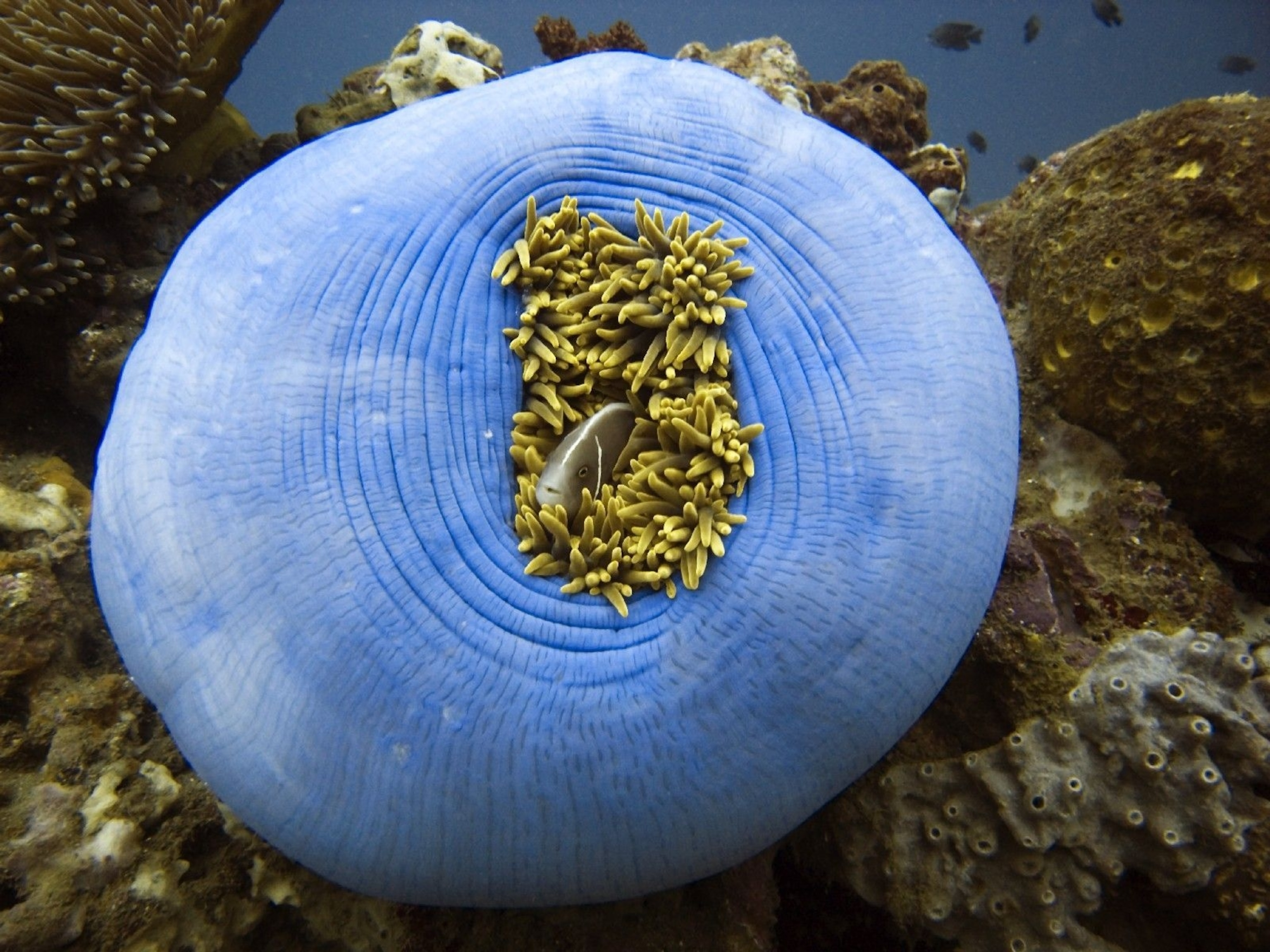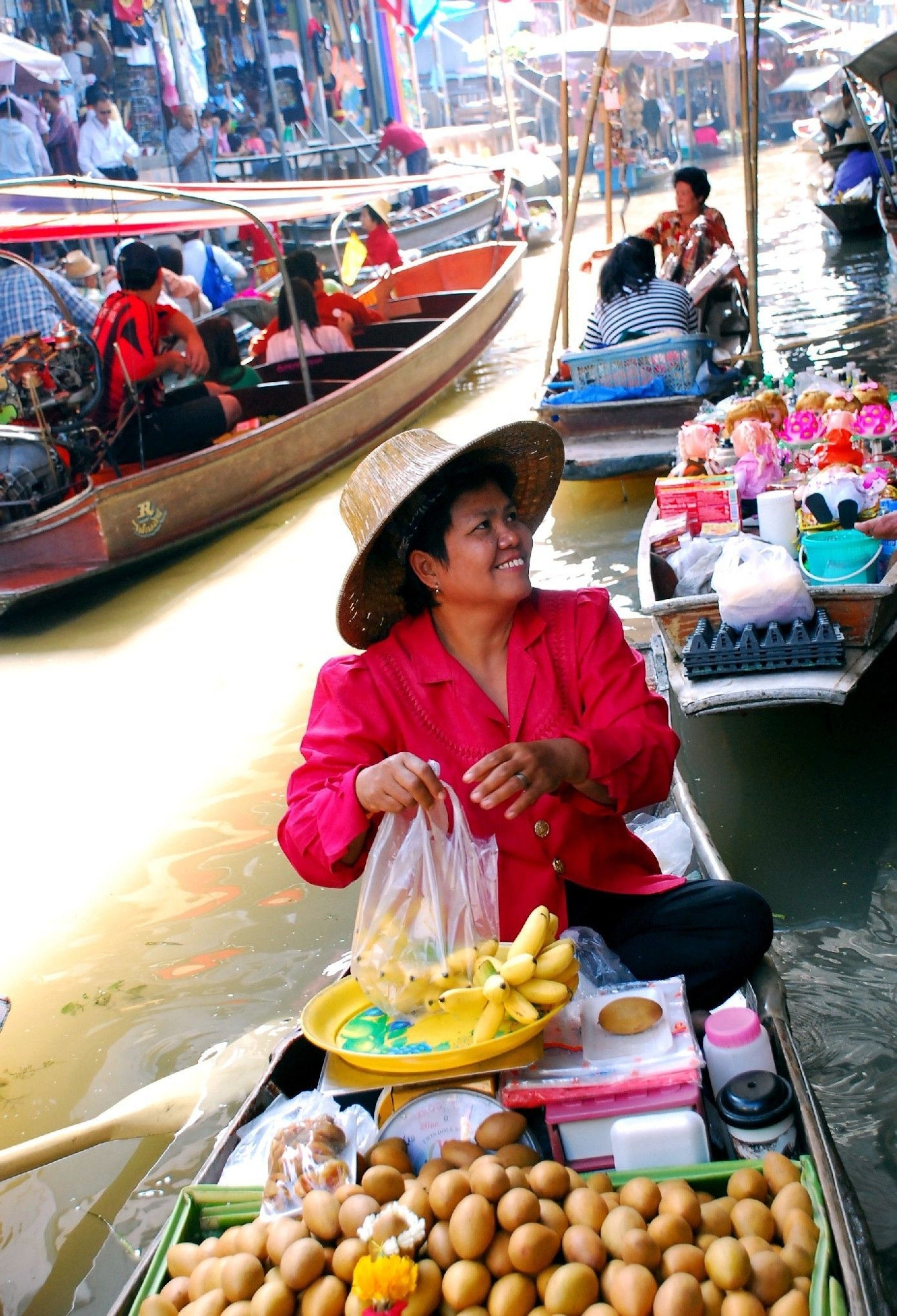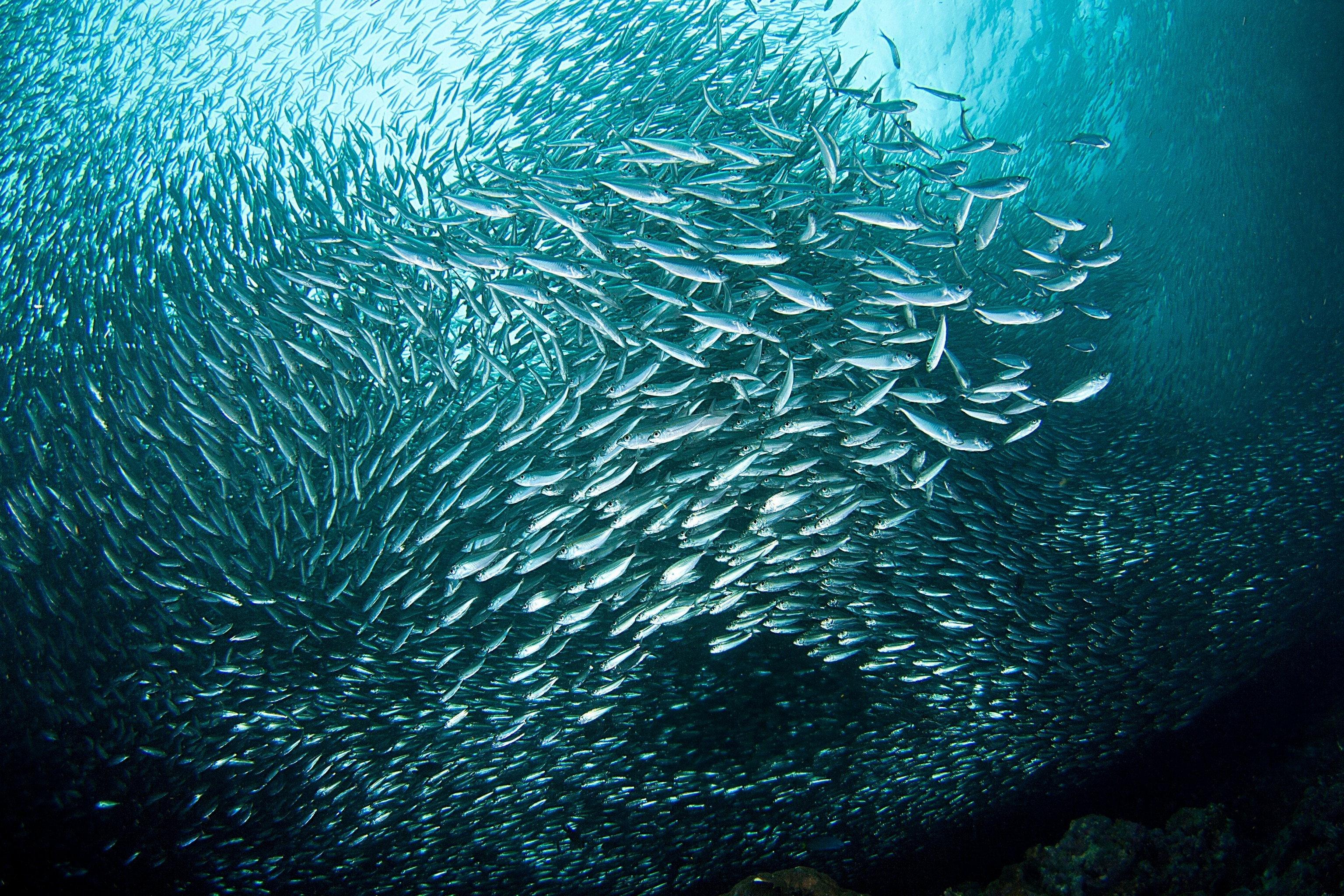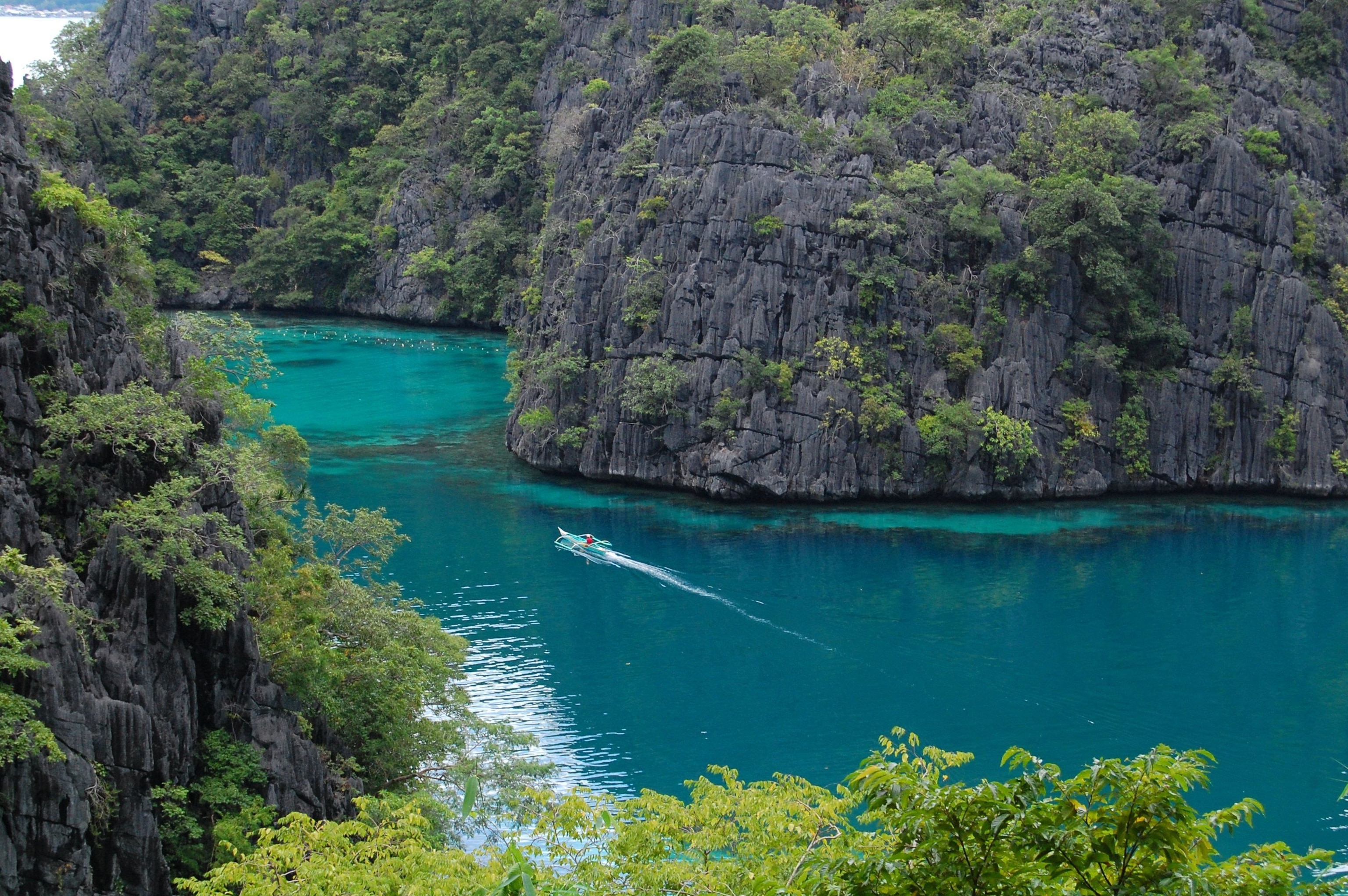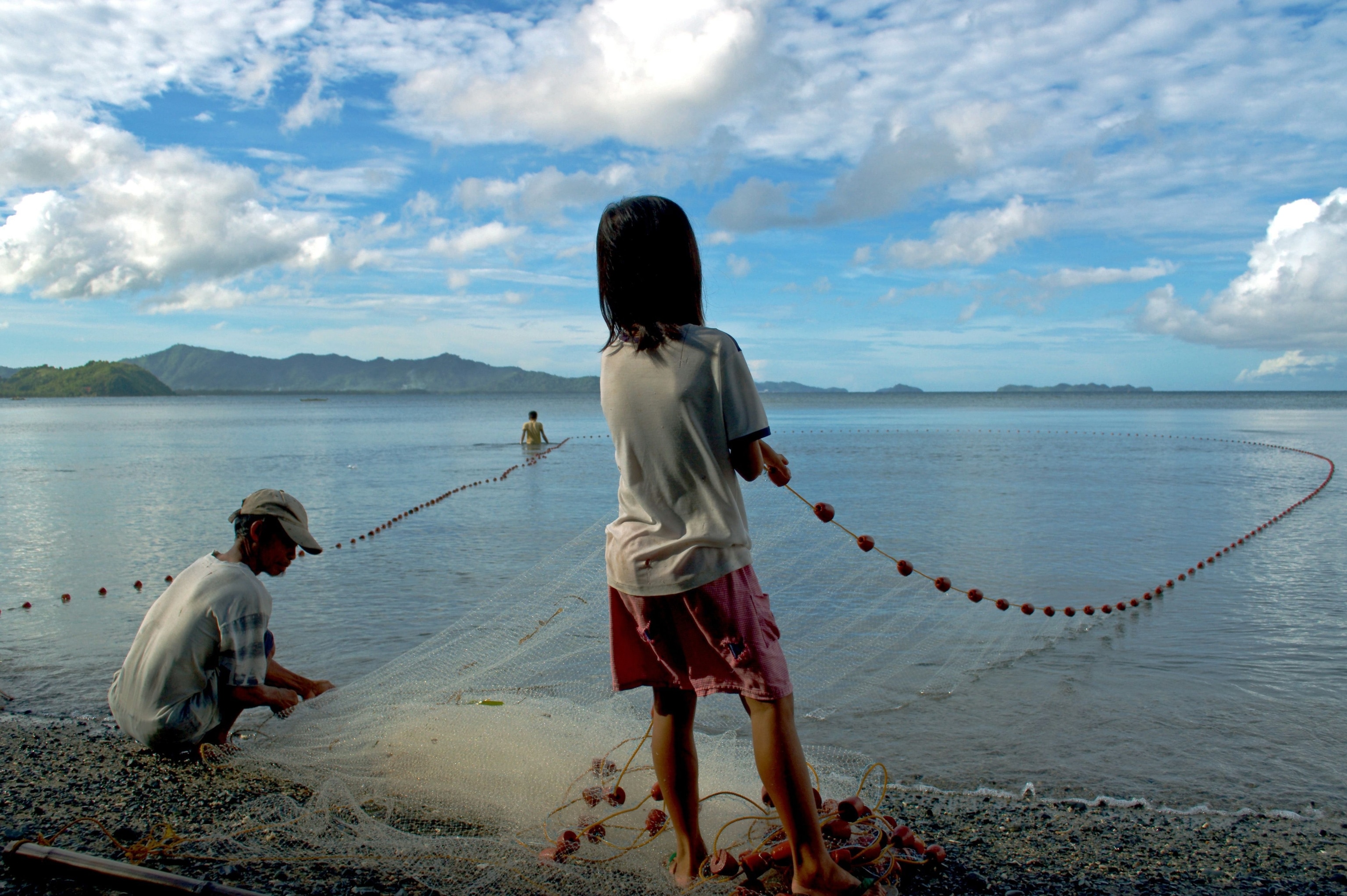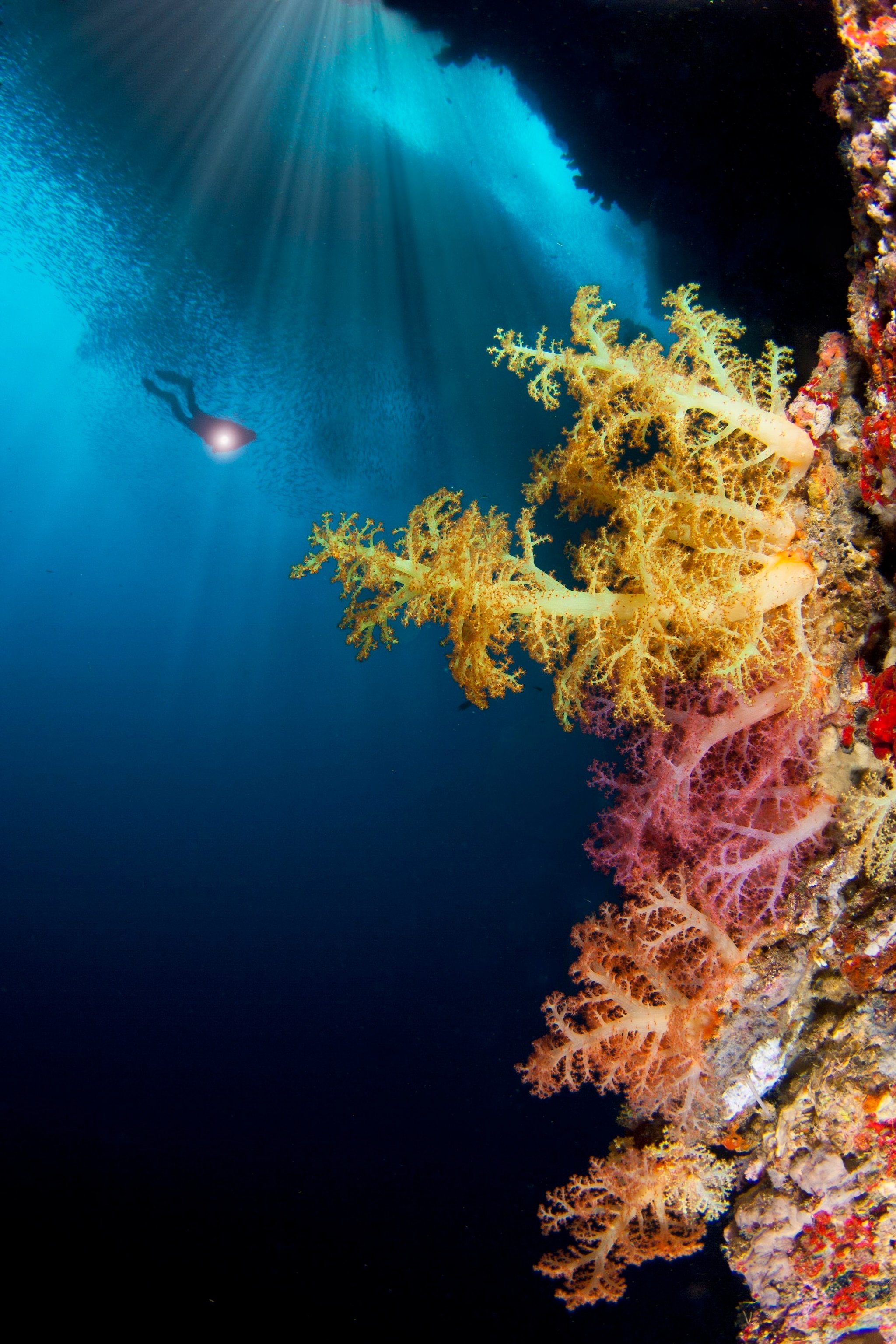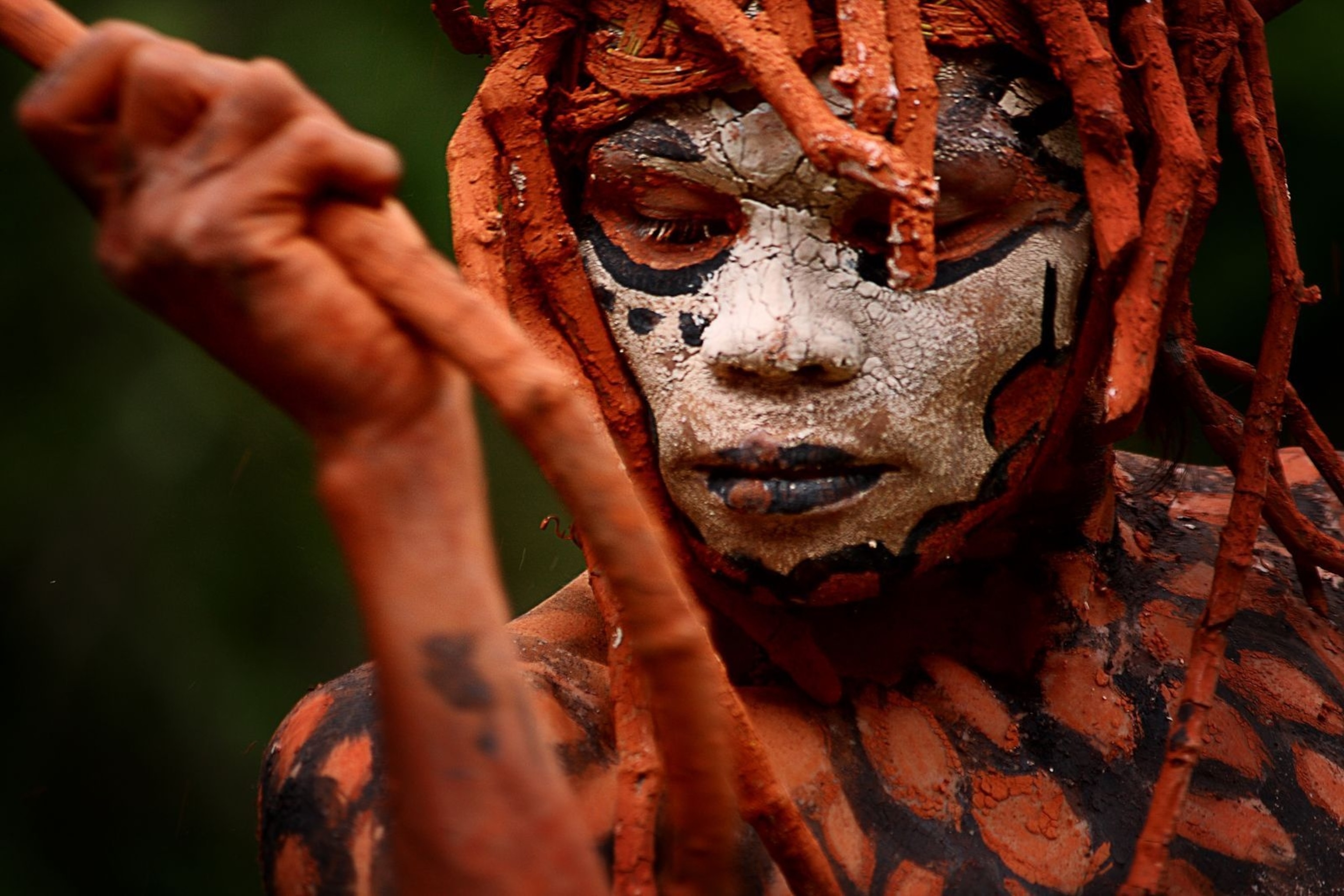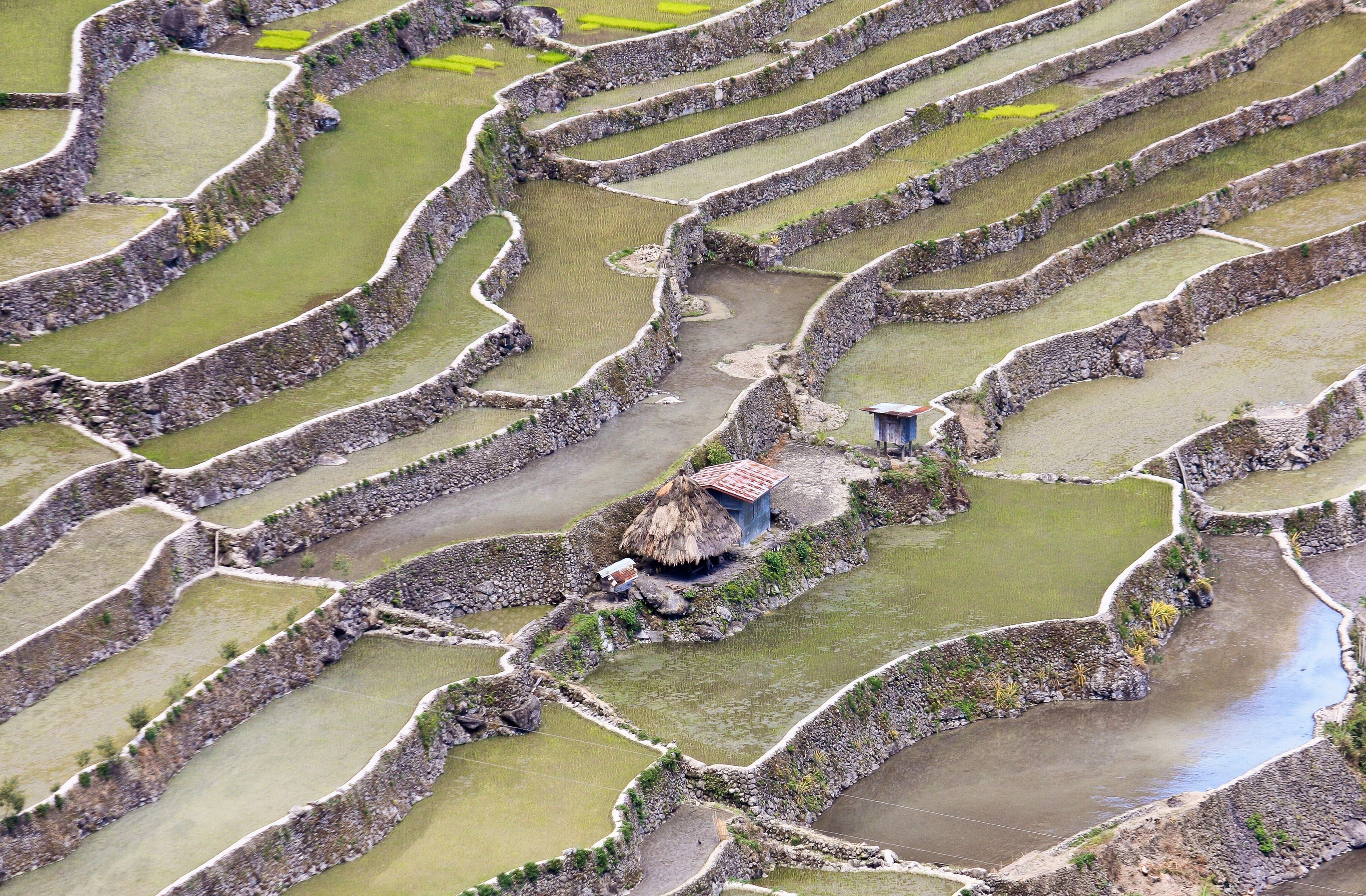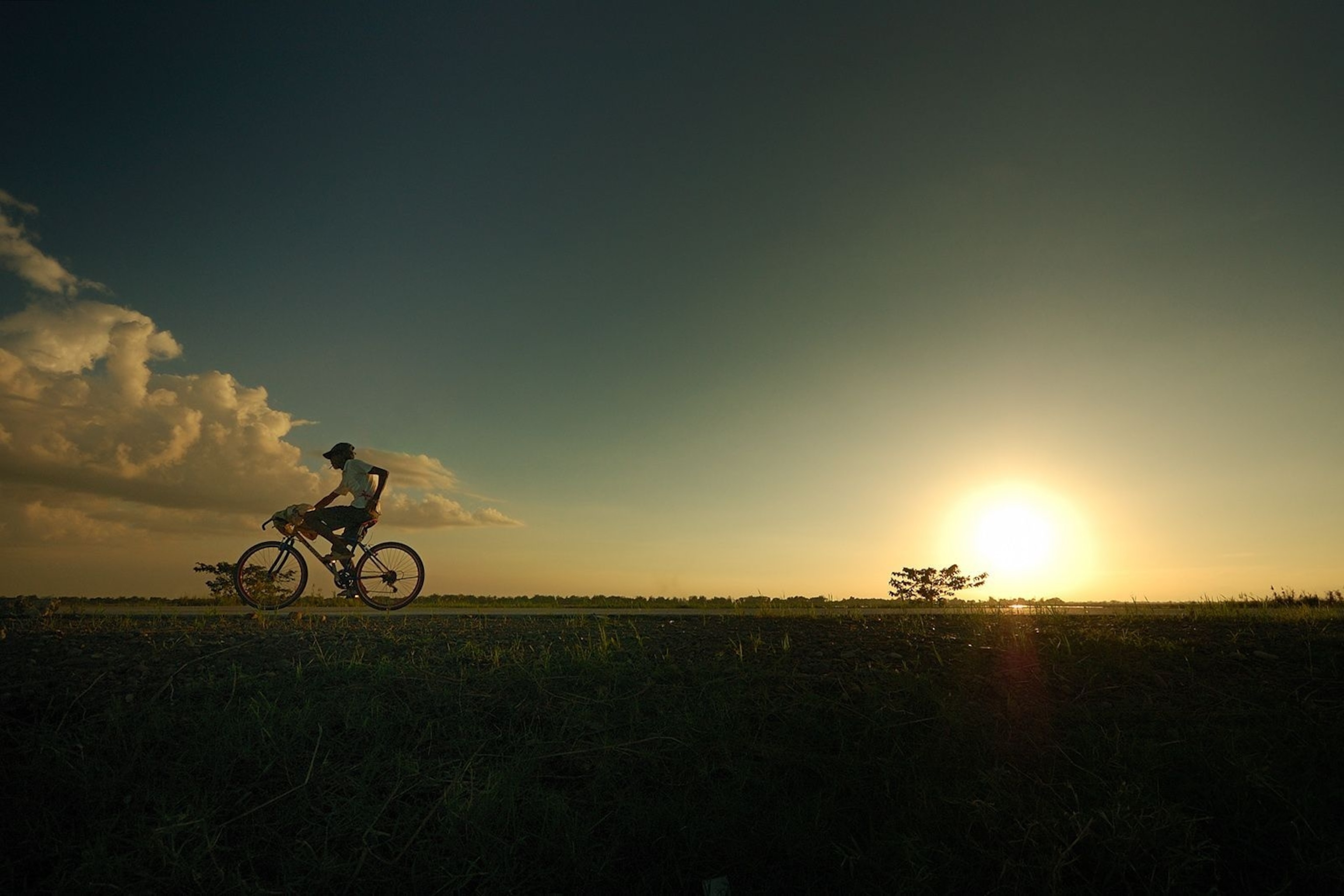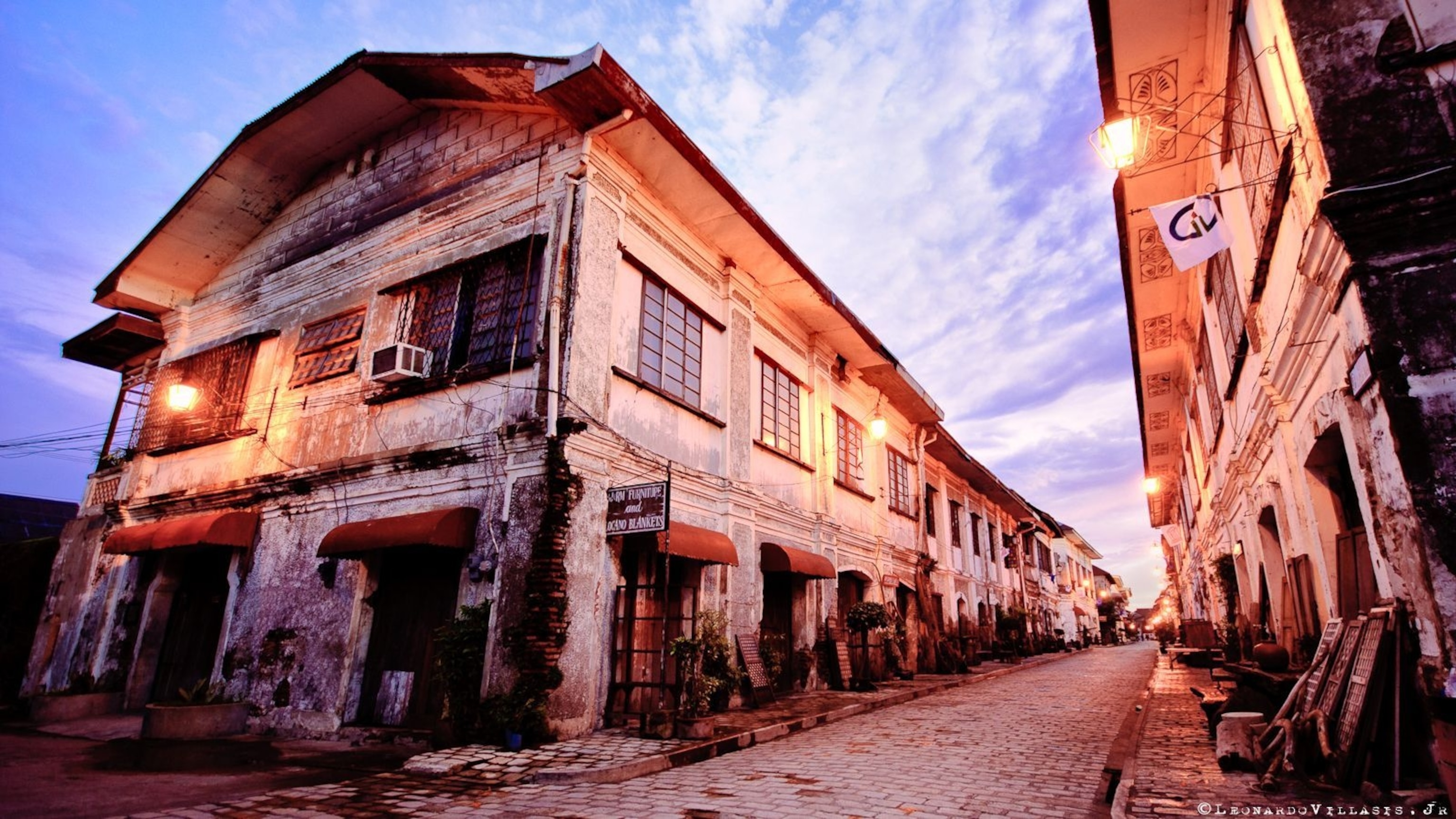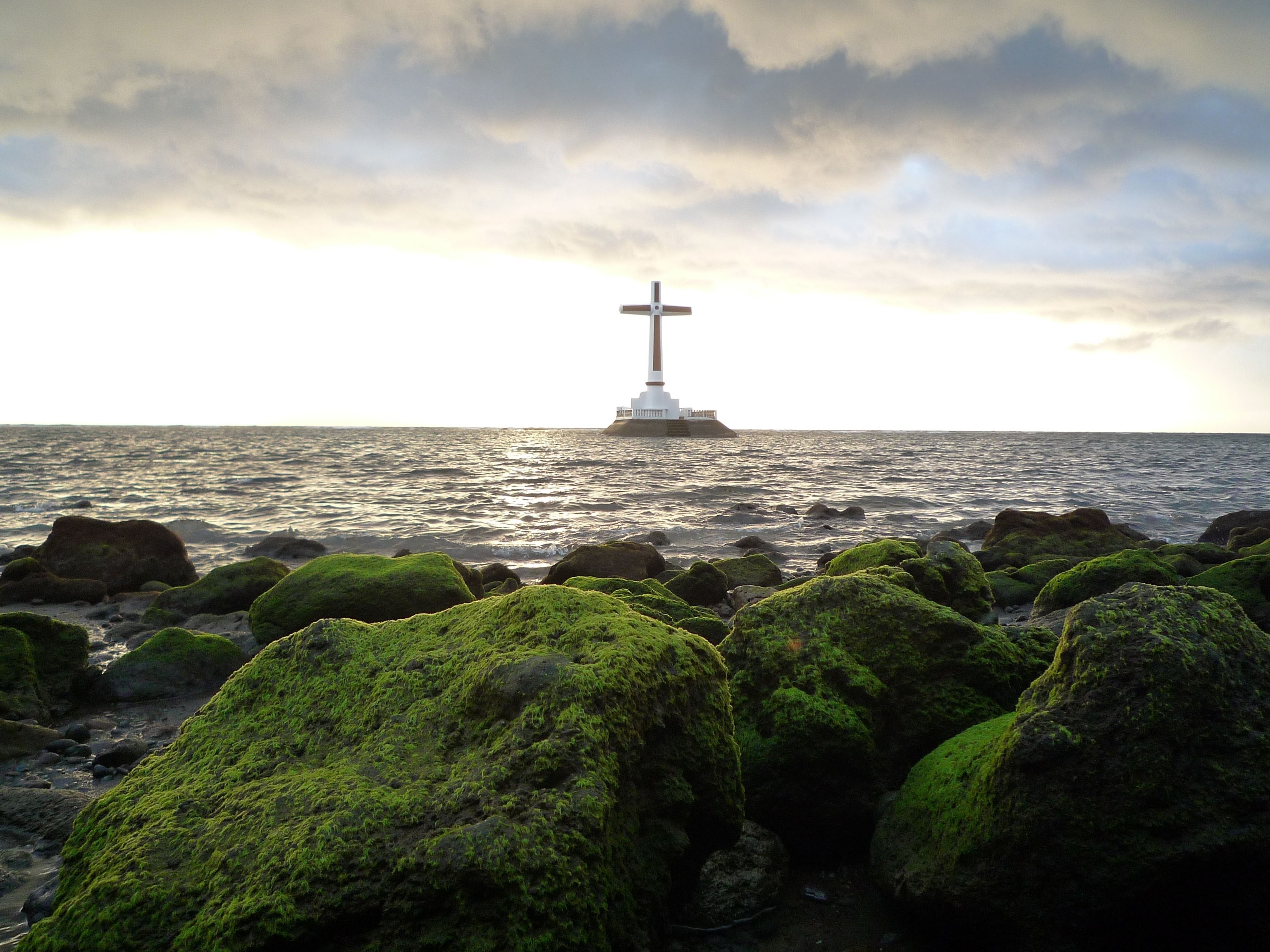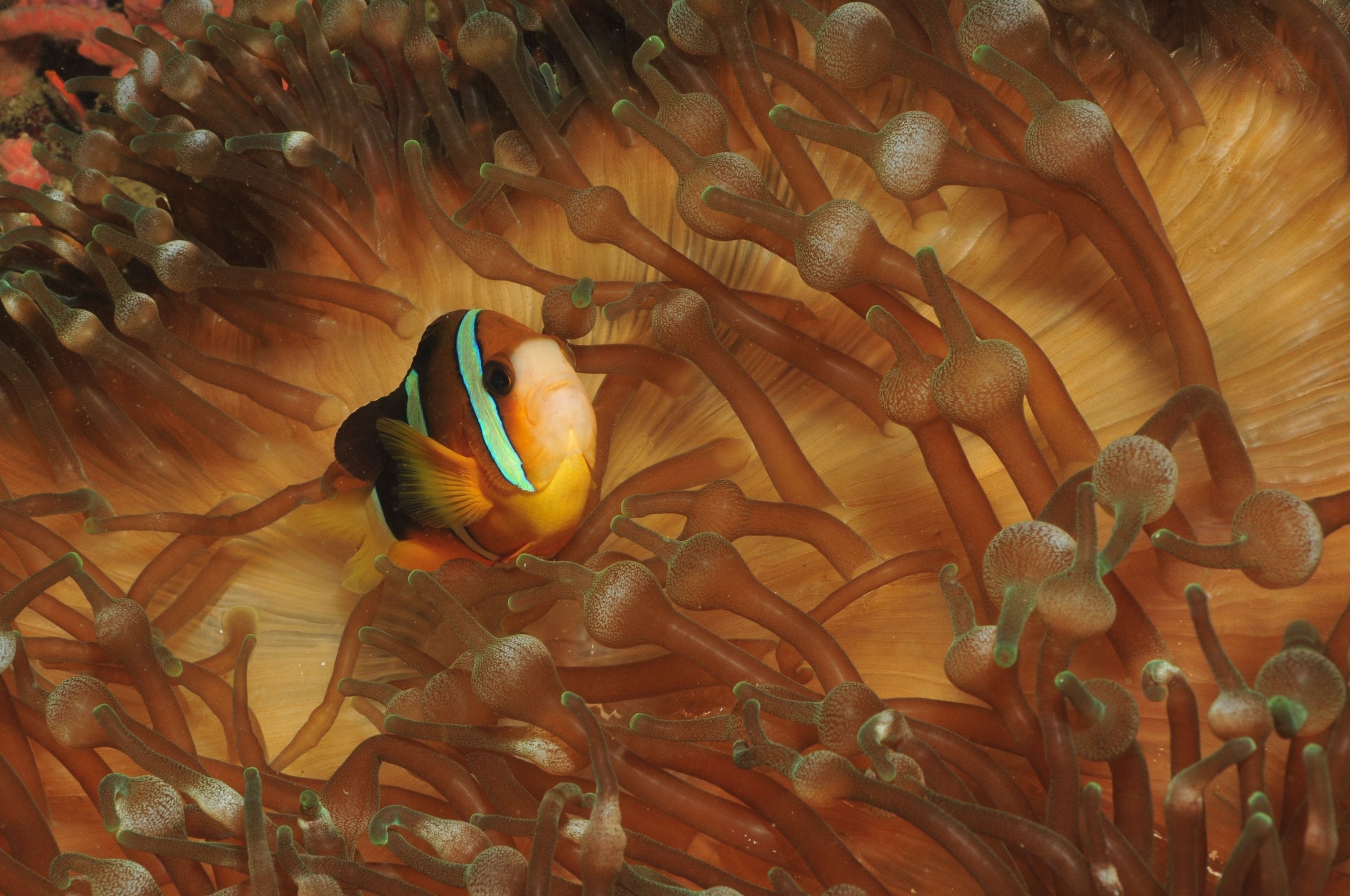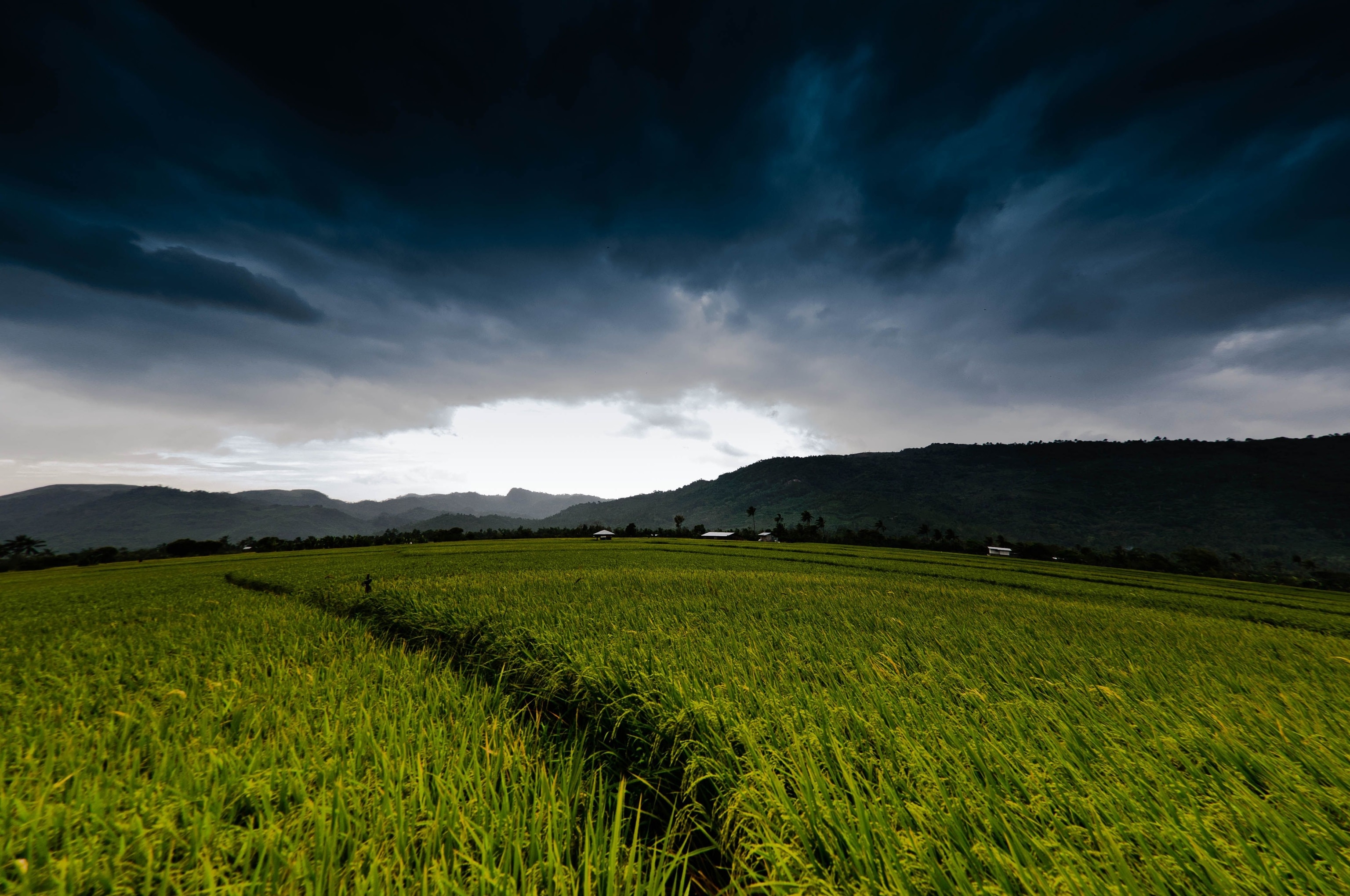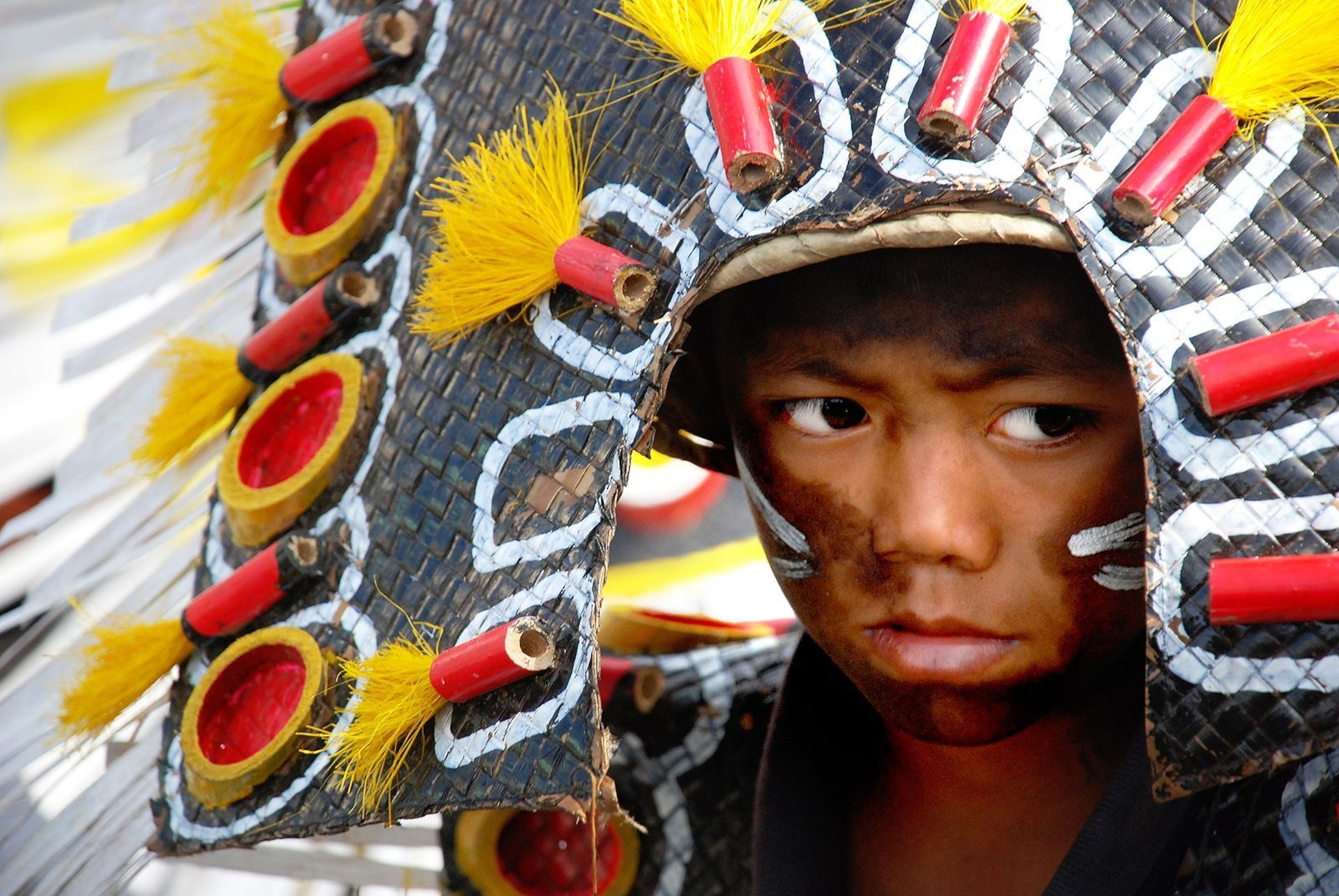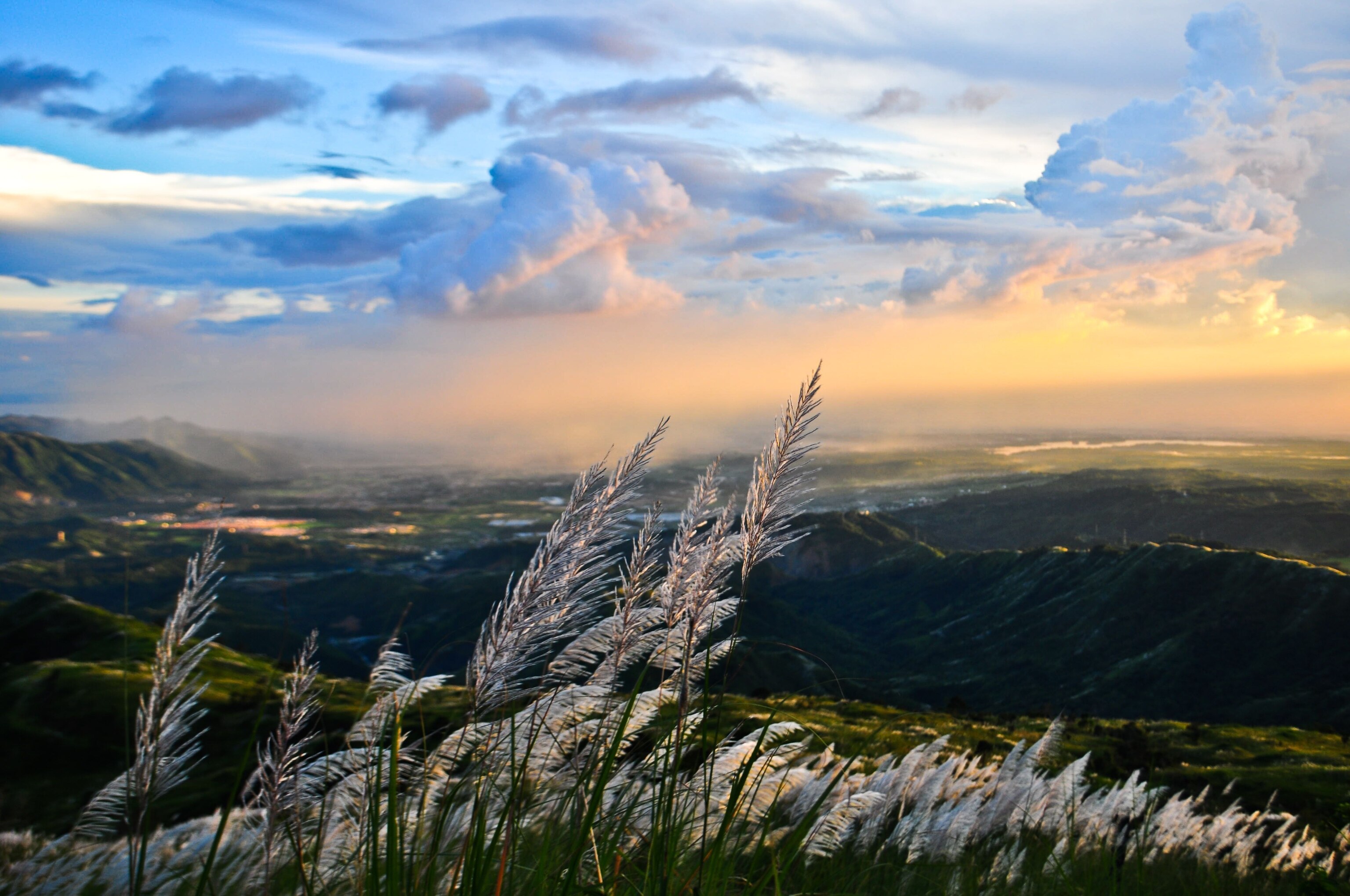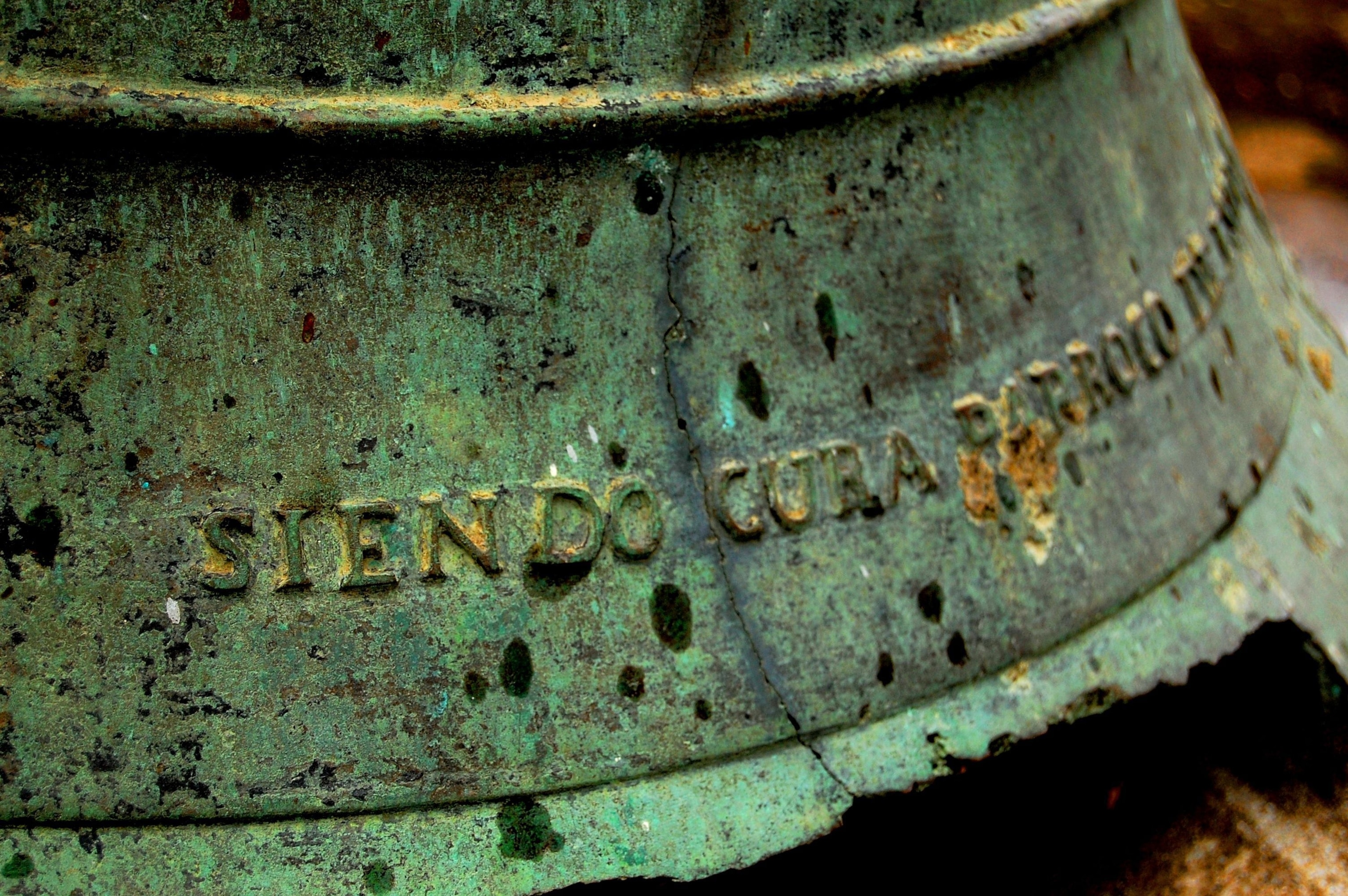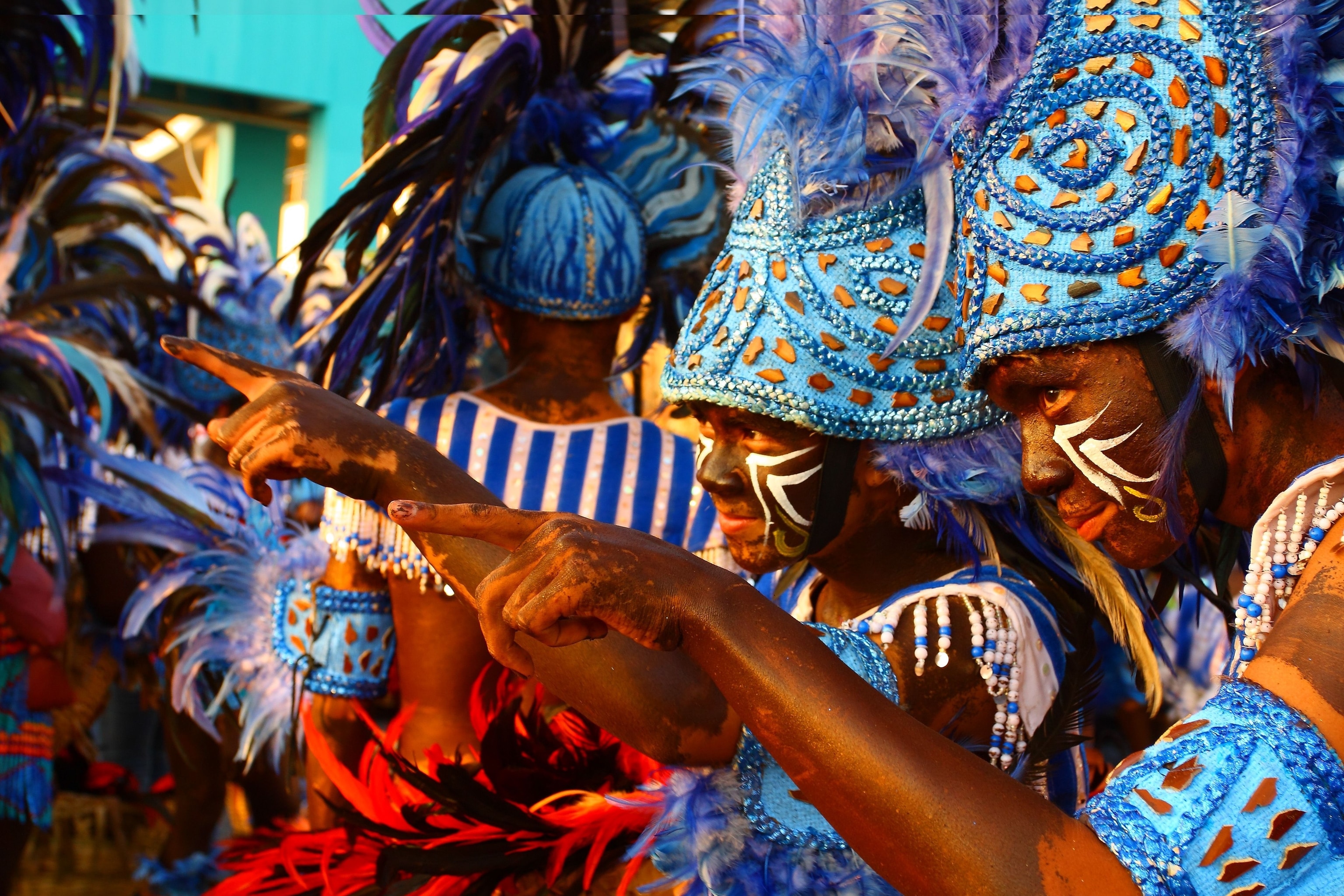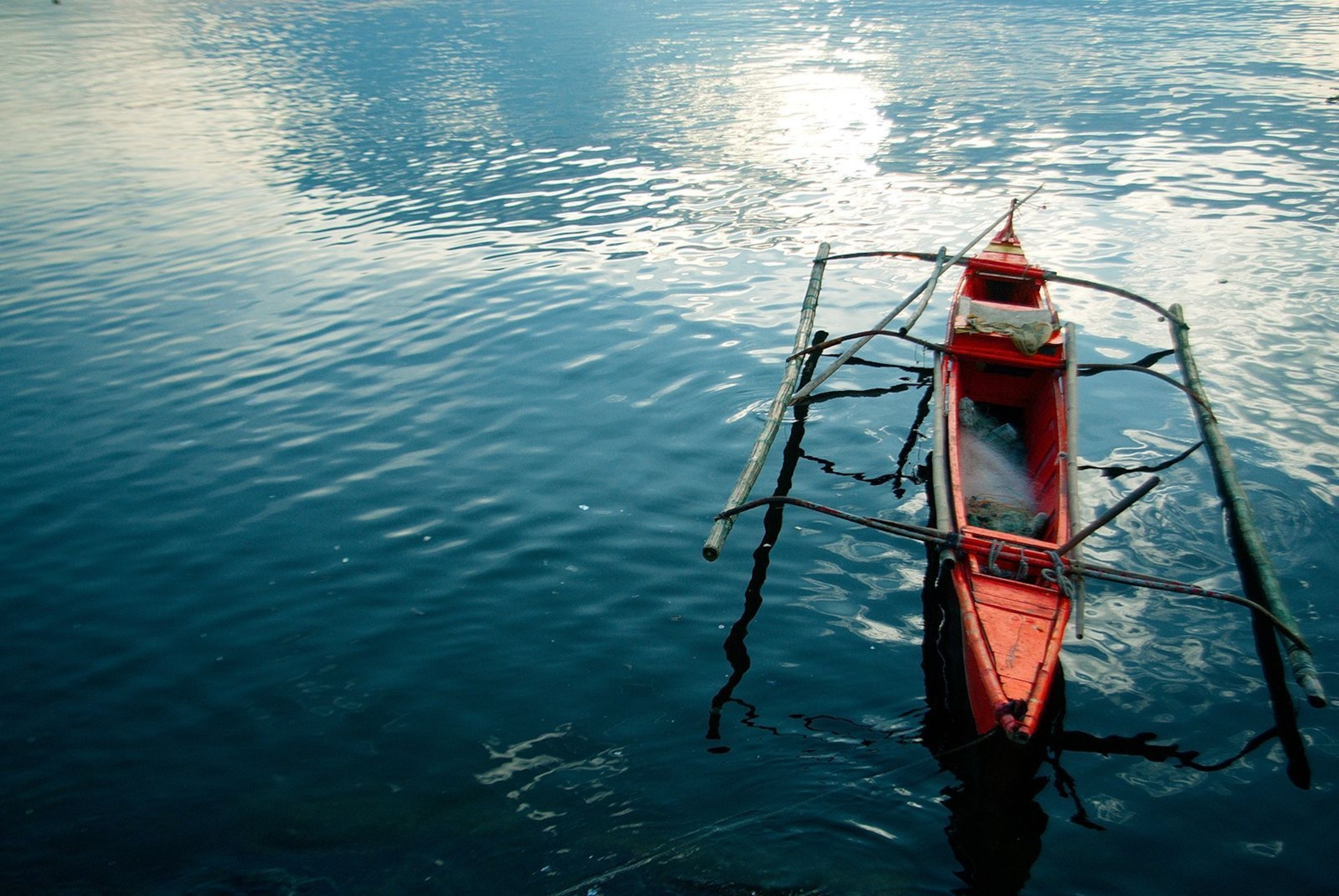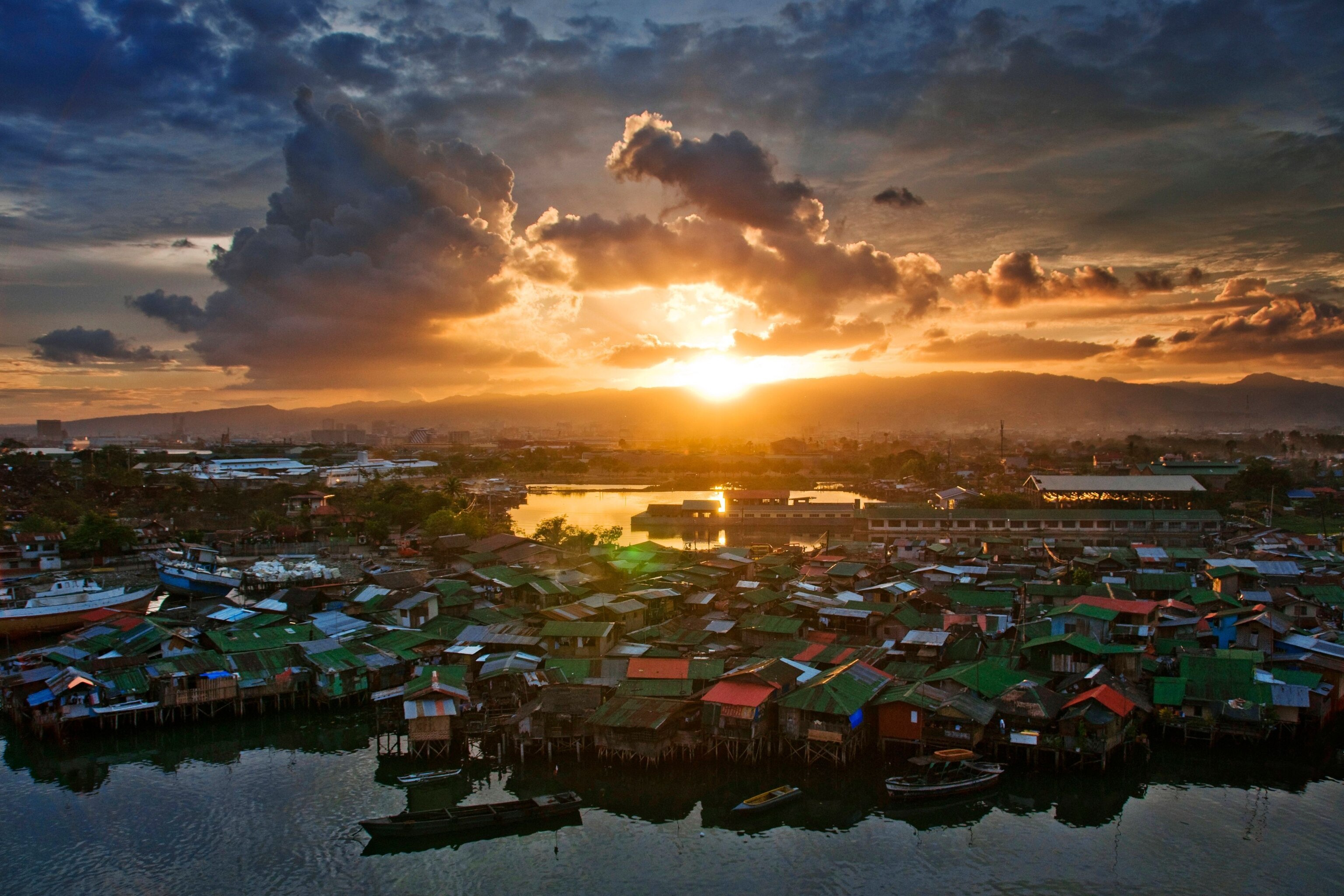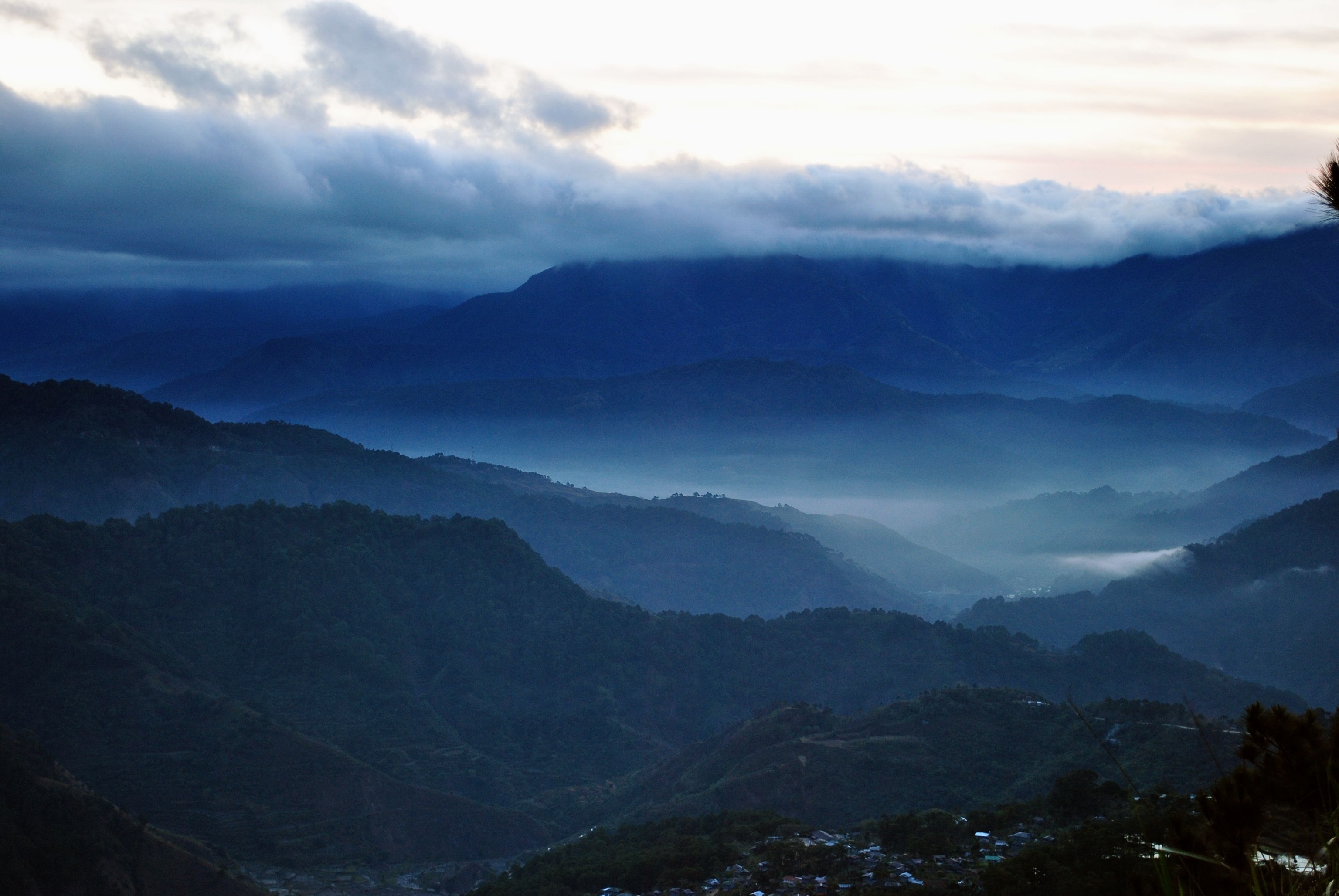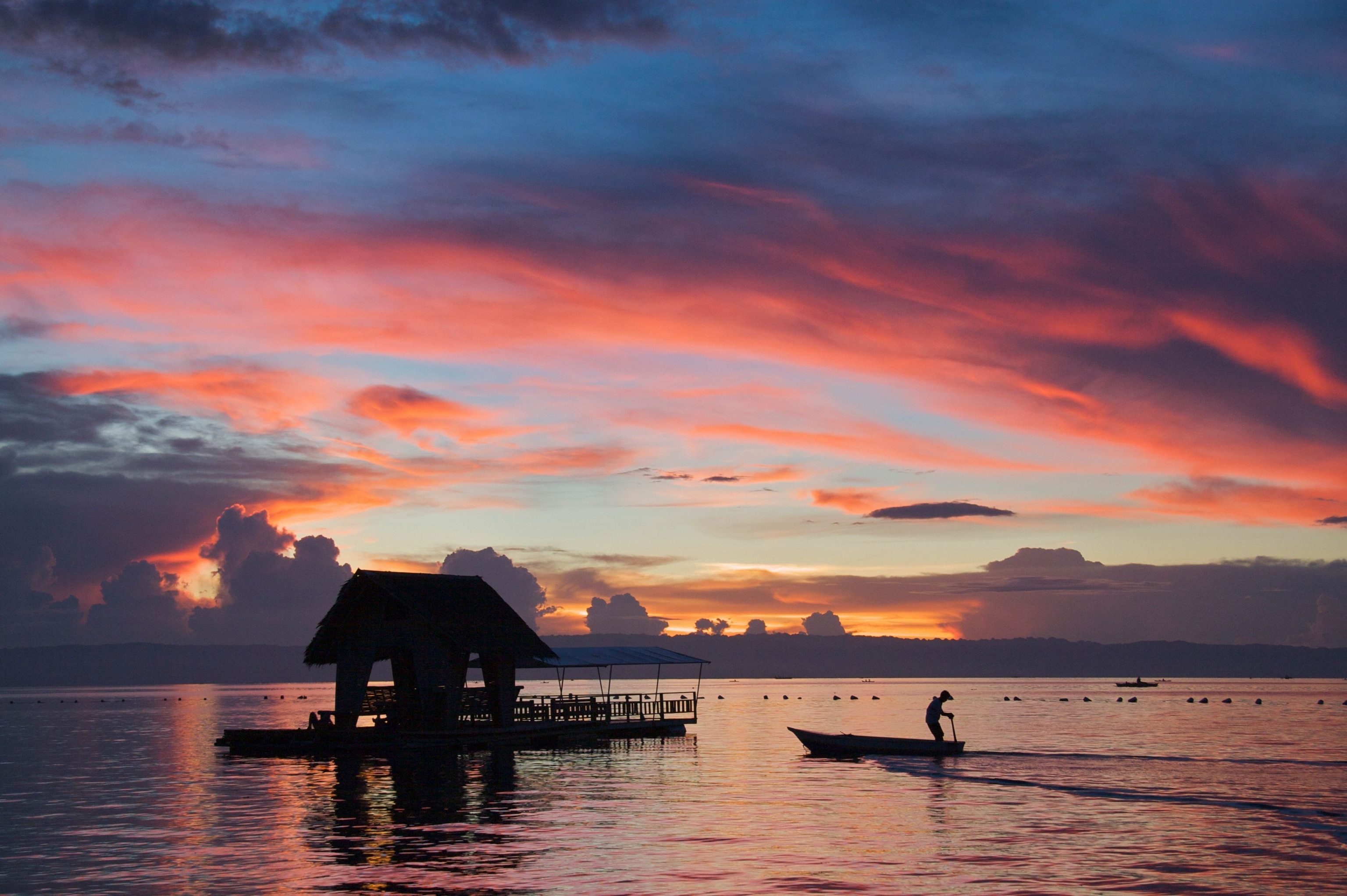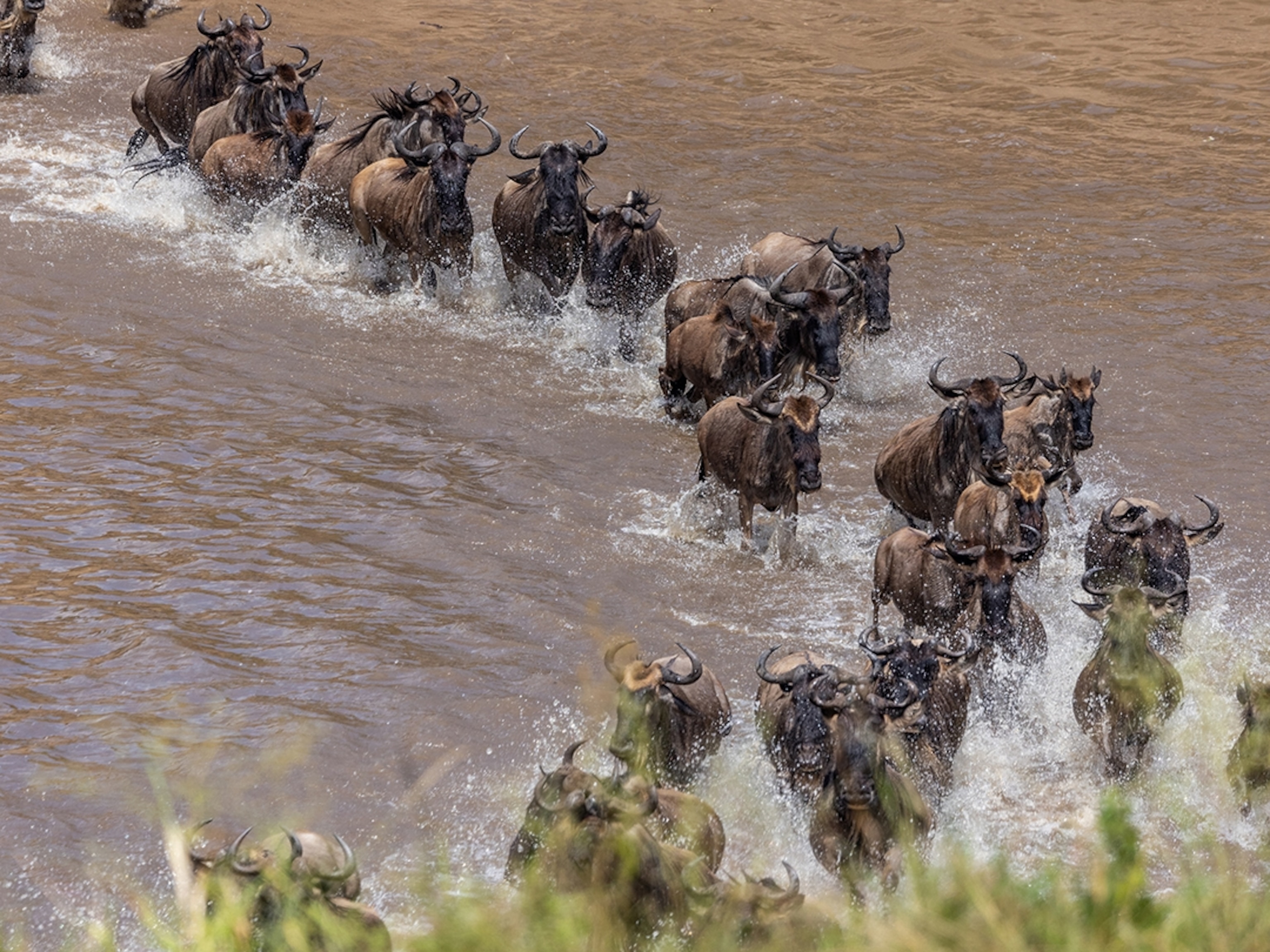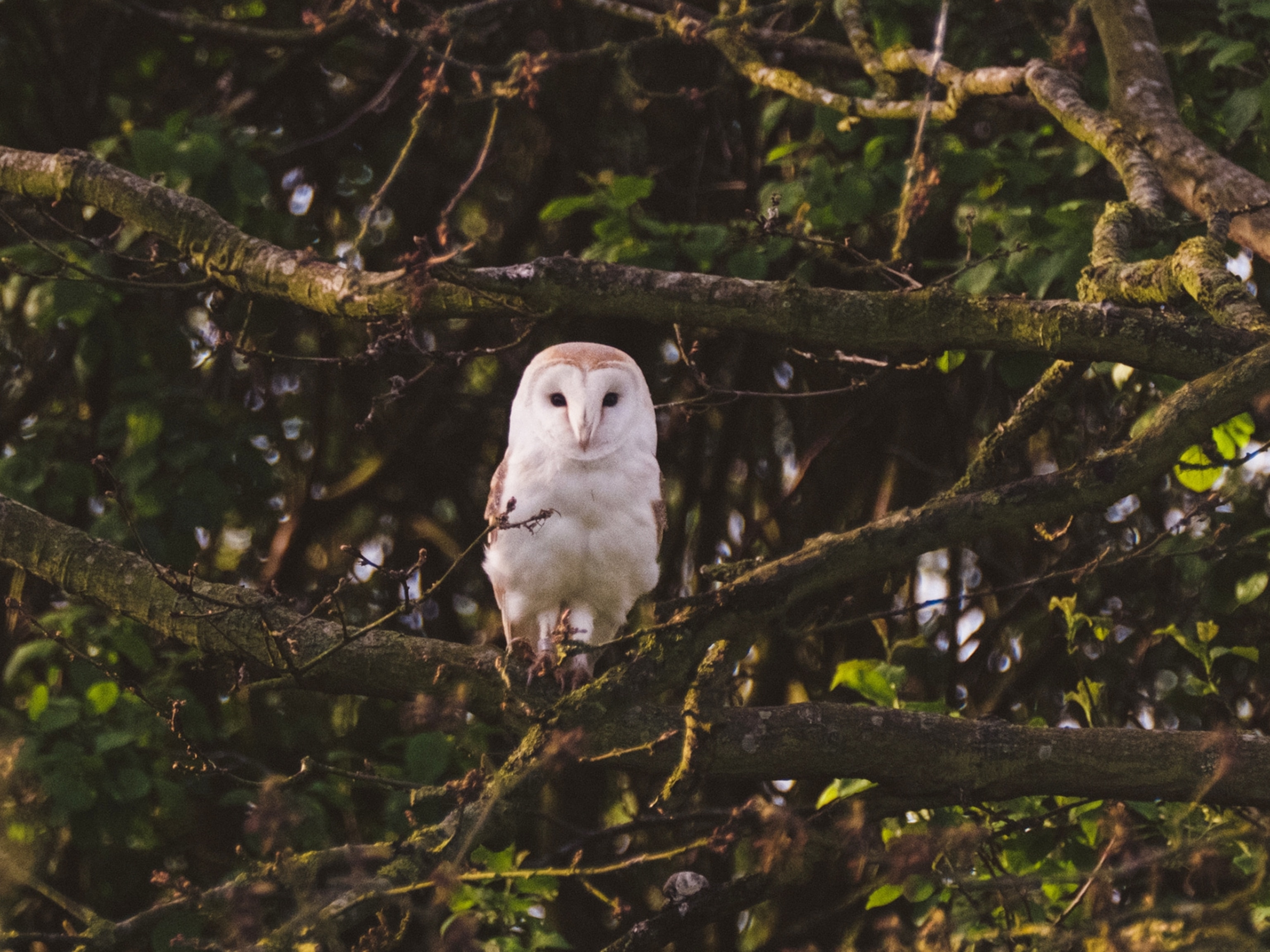Soar Over the Otherworldly Chocolate Hills
These formations not only create a striking vista, they represent a geological oddity.
An otherworldly landscape unfolds across the Philippines’s Bohol province: a brigade of hundreds of nearly symmetrical mounds, conical and dome-shaped, rise from the surface of the plain.
In the rainy season, the grass blanketing the hills gives them a soft and lush appearance. In the summer when the vegetation dies off, they take on a golden-brown hue, giving them their name: Chocolate Hills. There are as many as 1,776 of the mounds spread over a 20-square-mile area, rising up to 400 feet in height—some observers liken the landscape to a field of giant Hershey kisses.
The hills not only create a striking vista, they represent a geological oddity. The only similar set of mounds known to exist is on the island of Java, Indonesia, but have a less regular appearance than the ones in Bohol. (See more stunning natural wonders in Asia.)
The Chocolate Hills have given rise to several origin legends. According to one story, a giant who had been disappointed in love wept, and the hills grew where his tears fell. In another version, a pair of giants went to war and lobbed boulders at each other for days. The giants eventually resolved their differences, but the mounds remained where the rocks landed.
Know Before You Go
To see the entire expanse of hills, visitors can climb two different observation decks. At the Chocolate Hills Complex, about 3 miles from the town of Carmen, visitors climb more than 200 steps to a viewing deck that provides a panoramic view of the cones rising from the plateau. The complex also includes a government-run resort.
- National Geographic Expeditions
Sagbayan Peak, the newer of the two viewing areas, provides a 360-degree view of the hills and the sea. It also includes a butterfly dome, restaurant, café, and souvenir shop.
To get to either of the viewing stations, you can take a bus from the Dao Terminal in Tagbilaran City, or book an organized tour.
